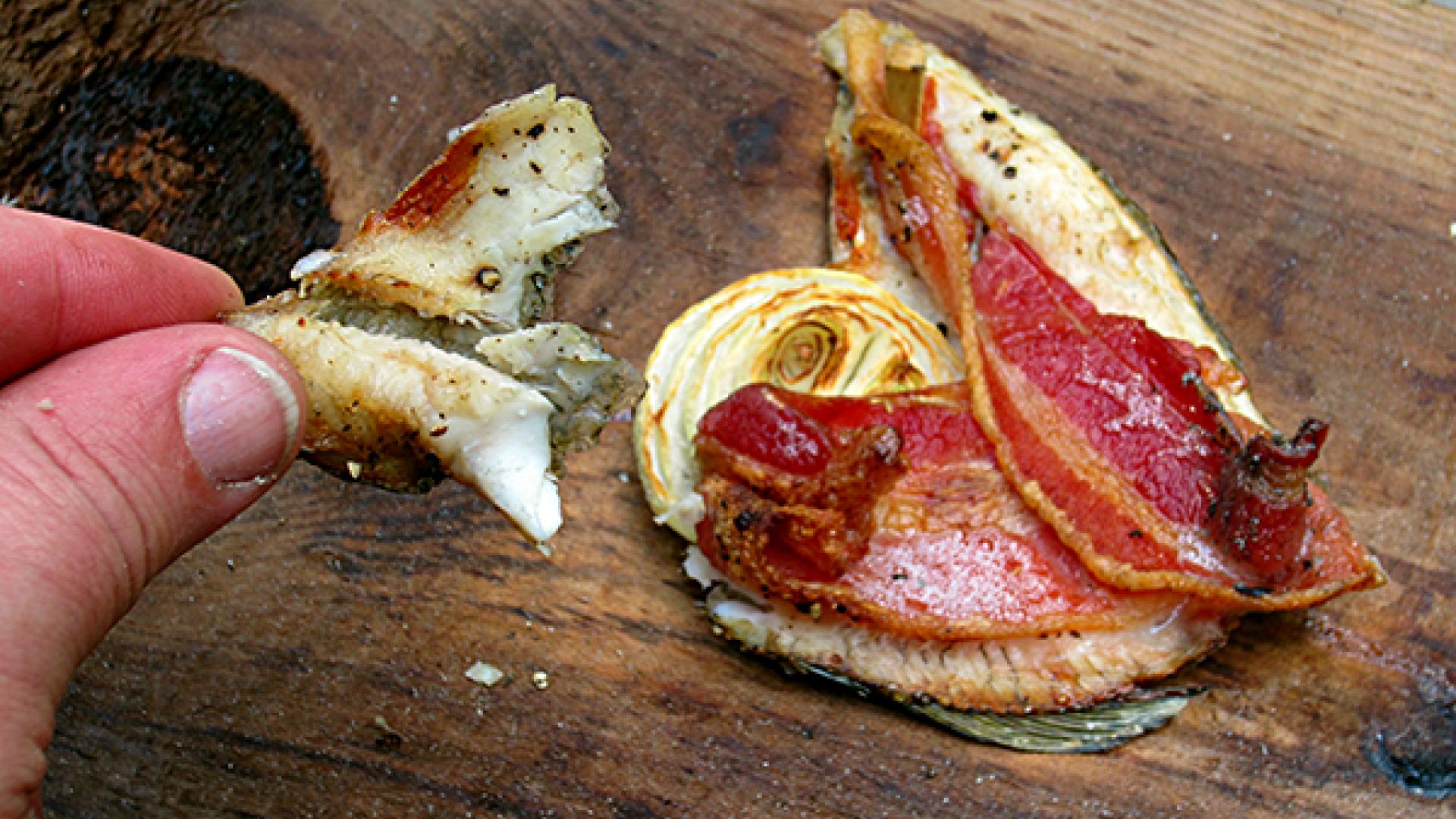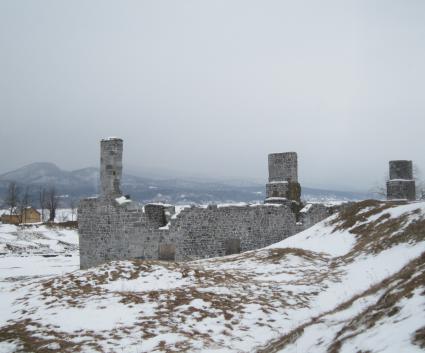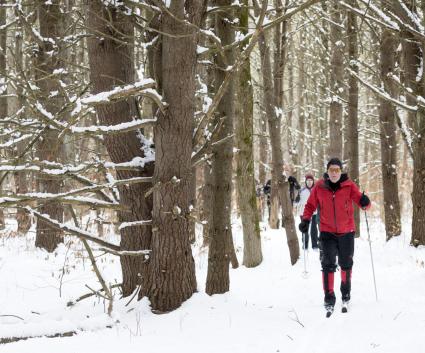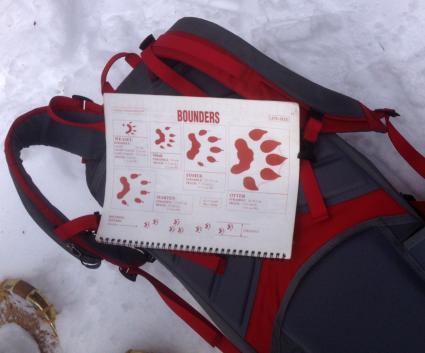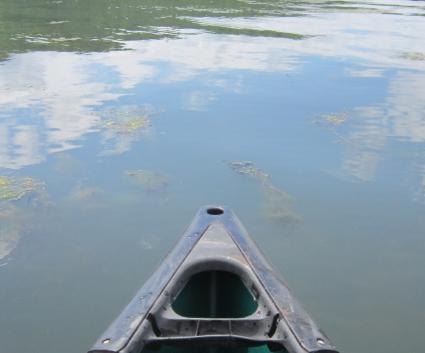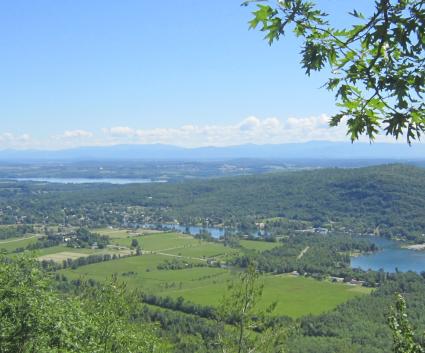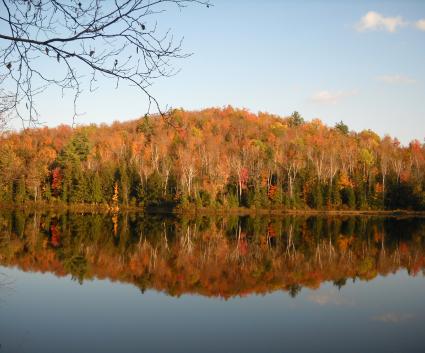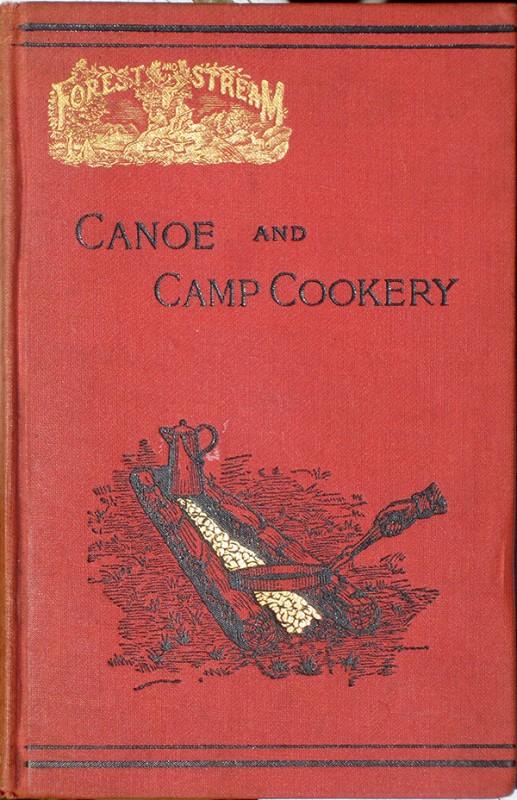
One of my favorite cookbooks from among my wife’s collection is a small slim book from 1885 entitled “Canoe and Camp Cookery.” This book is intriguingly subtitled: “A Practical Cook Book for Canoeists, Corinthian Sailors and Outers”.
When I first read this wording, I assumed an “outer” was anyone experiencing an “outing,” but I was confused and fascinated by the term “Corinthian Sailor.” The mystery lingered until I remembered, “Duh- Google…”
Turns out, in the mid-1800s they took their sailboating very seriously. Sanctioned Yacht Clubs were de rigueur, and there was a confidence among the elite that the well-monied were, by default, the best yachtsmen. After all, they could buy the best boats and hire the best crews to sail them. This hubris led to races being opened to those poor souls not fortunate enough to have been born well-heeled.
Long story short, the result was a lot of embarrassment due to races lost to the lowly home-grown sailors and no more open races. There were two classes of Yacht Clubs that came into being, one being the (wealthy) sanctioned clubs who were allowed to hire their crews, and the other an amateur class called the “New Corinthian” Yacht Clubs, where the members were required to sail their own vessels.
Soon the term widened beyond Yacht Clubs to refer to any amateur sailor who navigated the waters by their own hand. The term “Corinthian” recalls Paul’s letter to the Greeks in the New Testament, chastising the rowdy sailors there. American’s have always had a soft spot for rowdiness and embraced the term proudly. A “Corinthian Sailor” came to mean a capable hand who depended upon his skill to ply the waters, rather than depending upon his wallet.

Along Lake Champlain, a good portion of the population falls under the classification of “Corinthian Sailor,” having captained all manner of floating devices on and in the lake since birth. Good stories and fond remembrances are easy to elicit here, just mention the lake and summer in the same sentence.
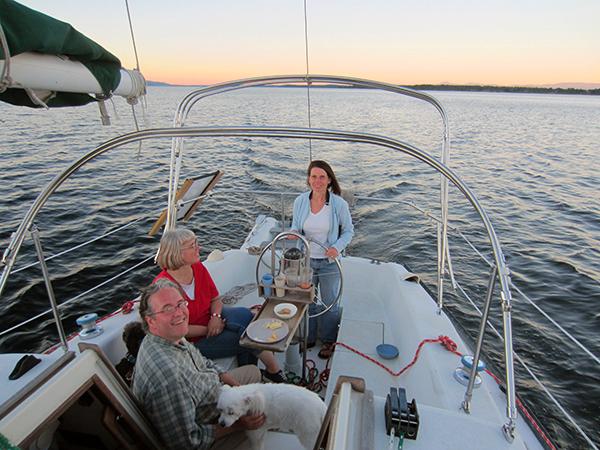
While I am by no means a Corinthian sailor, I am fortunate to know several, and am content to cherish the memories that they have given me, such as the evening when Don and Jackie Foote, of Foote’s Port Henry Diner fame, met us at the Port Henry Marina and took us on an evening cruise under sail through a perfect summer’s gloaming.
By the book
The cookbook itself is more a treatise for the rustic gourmet than a survival guide. It lays out what kit and provisions are appropriate for being on the water and a separate section lists the same for camping on land. It has recipes for such arcane delicacies as deer’s head coated in wet clay and baked in a pit of hot coals.

I enjoy the Corinthian sailor’s recipes catalogued in the book, and, living so close to the shore of Lake Champlain, I thought it would be fun to apply the lessons therein to some local grub.
Reading through the dishes, I chose “Planked Fish” and thought it would work well for Yellow Perch fresh from Lake Champlain’s cool crystal-clear waters.
Reader’s of my blog may recall a well kept secret I let slip, Norm’s Bait and Tackle. I didn’t have time for a relaxing day on the lake, so Norm supplied the perch. Their glistening scales and gleaming eyes were excellent indicators of how fresh the catch was.
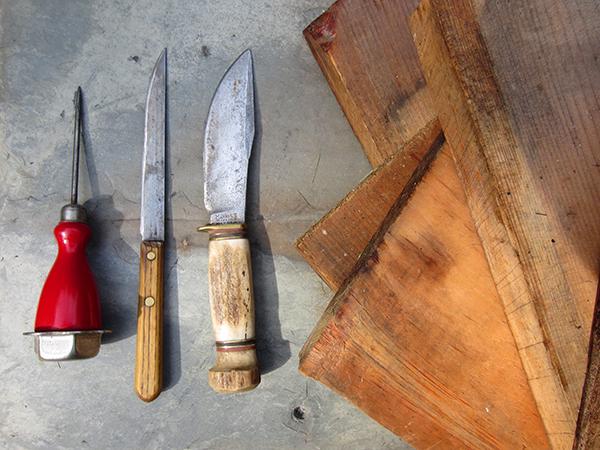
Set up is pretty easy, a camp knife for whittling pegs, a sharp fillet knife (or in my case a freshly honed carbon steel knife), an ice pick or small penknife to poke a hole for the peg to be tapped into… and some planks.
If you’re out in the middle of it and don’t have any scrap lumber lying around, you would use bark or you would use your camp hatchet to hew and split some green planks.
Luckily, I was in the comfort of my backyard with plenty of scrap pine, which I wetted down with the hose several times during the day before beginning.
Not for the squeamish
Allow me to take a moment to apologize to my wife for making her photograph the whole gory process of cleaning the fish. There is nothing “clean” about it, and afterwards I realized her 200 detailed photos were just too icky for public view. Sorry babe, way to take one for the team!
But I must describe the process to you because it differs from how most modern Americans gut a fish. The squeamish among you can skip the next paragraph.
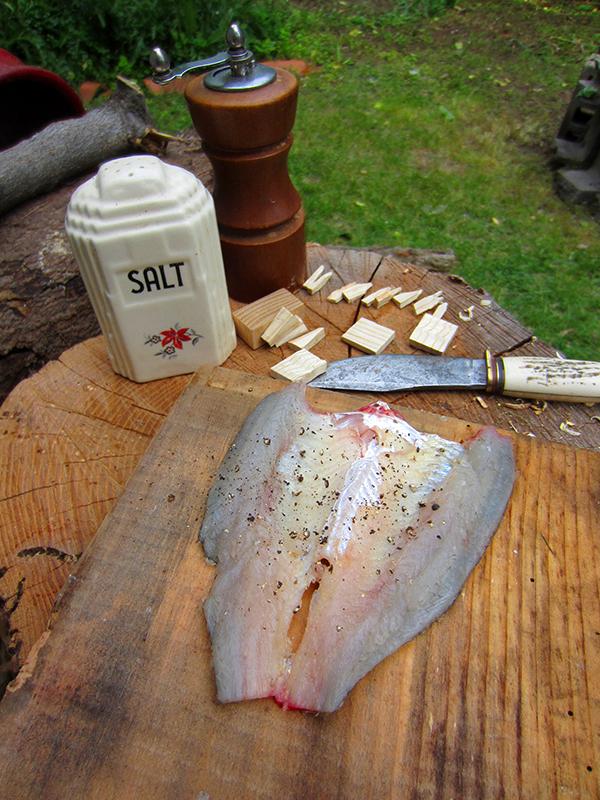
To plank a fish the old fashioned way, you remove the head and tail, then cut along the backbone down to the spine. Follow along the ribs with your knife point, carefully removing the entrails whilst trying to keep the gut membrane intact. When done successfully the silver membrane of the perch belly comes away with the intact entrails, which greatly improves the taste of the fillet. When not done successfully, it results in spontaneous Jerry Lewis noises from everyone present, but no worries just scrape away the sliver lining with your knife and move on.
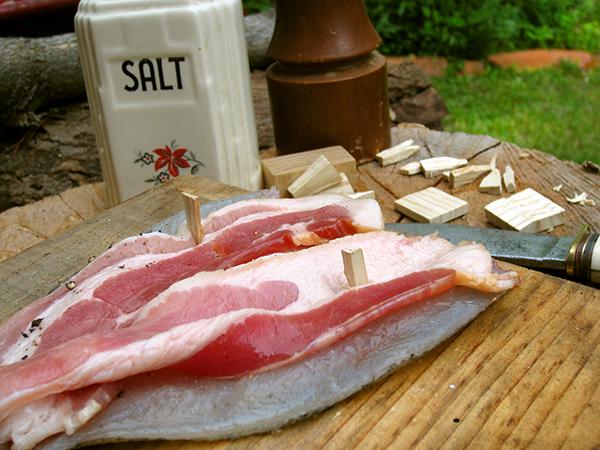
Walking the plank
The resulting fillet “opens like a book," as the recipe describes, and can be laid flat on the plank, with the scales intact, skin-side down and meat-side up. This is called “kiting a fish” in Scotland, or “loimulohi” if you’ve run out of scotch and feel the need to wander over to Finland.
Salt and pepper the fillet, lay a strip of bacon on top and a slice of onion too, tucked under the bacon, if you like that type thing.
With your ice pick or pen knife, poke through the bacon and fish into the plank. Insert a peg into the hole and tap it home with the butt of the ice pick or the bolster of your knife. Repeat with more pegs until the fillet is secured to the board. My little perches only needed two pegs each.
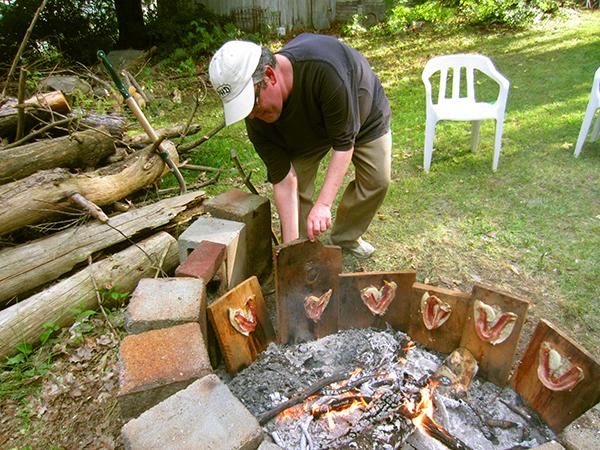
Assuming you were back in the day, earlier on you would have built a pretty good fire and should now have a decent bed of coals. Throw on some fresh wood to build the flames back up and using small sticks, prop your planks around the fire with the fillets facing the heat.
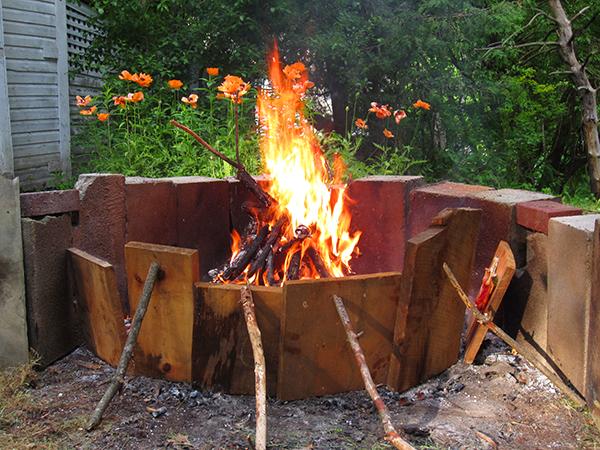
Sit back and enjoy your work so far, then go wash your hands again and get ready to make a side of “Ash Dodgers,” another recipe pulled from the little red cookbook.
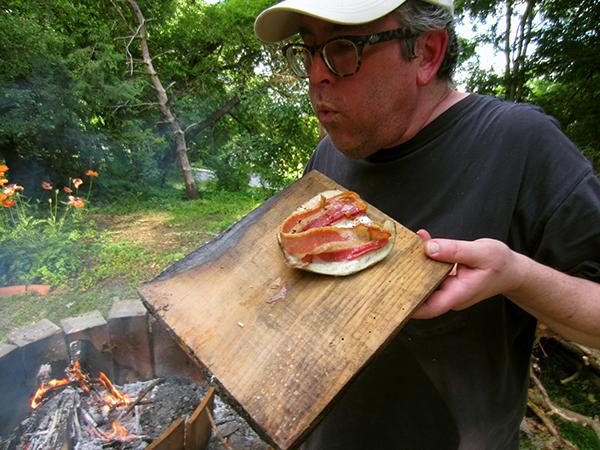
Meanwhile… FIRE! If you are using green wood, you wouldn’t have to worry about blowing out your planks now and again. No biggie, just don’t leave them unattended.
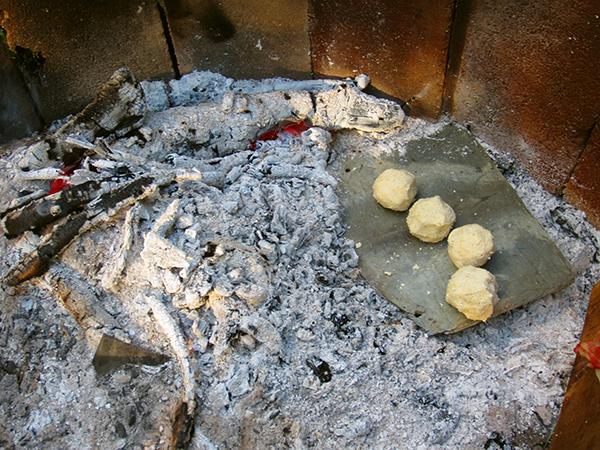
The wisdom of our ancestors advises us that one should “grab your gal and pat her on the head, if she won’t eat biscuits, then feed her corn bread.”
Who am I to turn from such tried and true ways? Ash Dodgers are simple fare consisting of corn meal, a bit of salt, and enough warm water to make a stiff paste. Roll them into balls and place them on a flat stone in the coals.
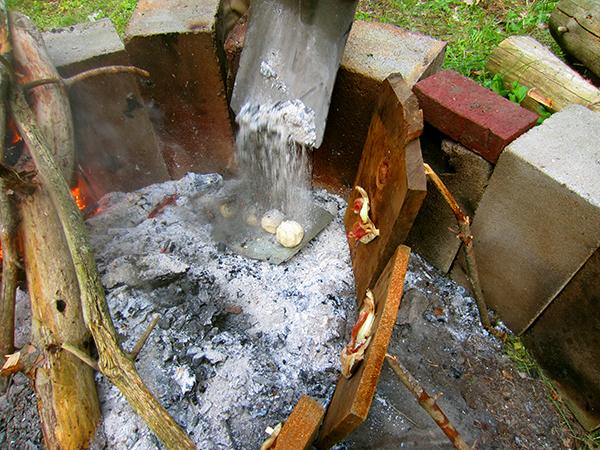
Let them sit until they begin to brown, then cover them with a couple of scoops of ashes and leave them buried for 20 minutes or so.
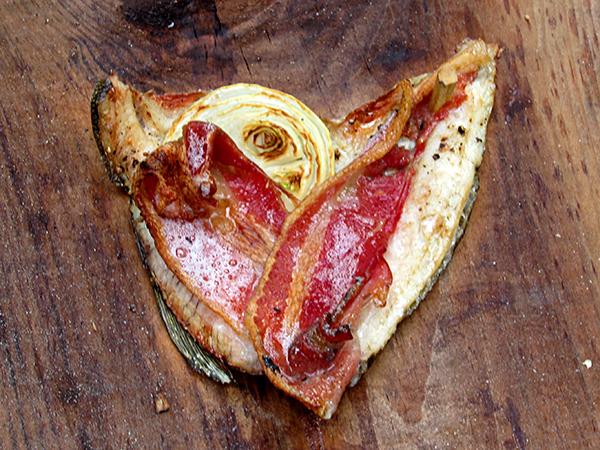
Finally our efforts are ready to pay off. The first plank is withdrawn for a taste test.
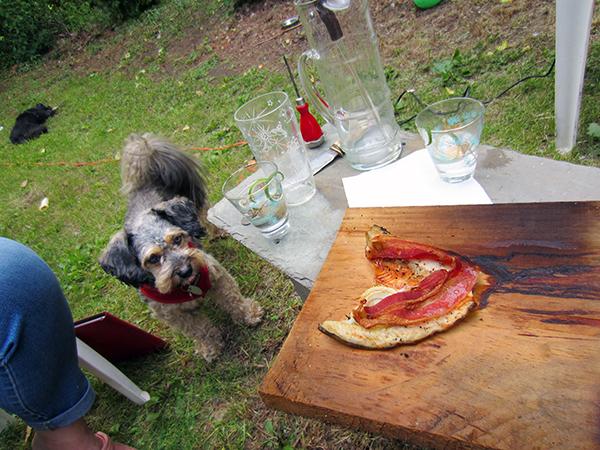
A word of warning — the smell is sooo good that even well-behaved dogs will volunteer to be unofficial plank inspectors when you’re not looking. I don’t blame them, but keep an eye on the hairy buggers. The same goes for kiddies too, if you choose to keep them about.
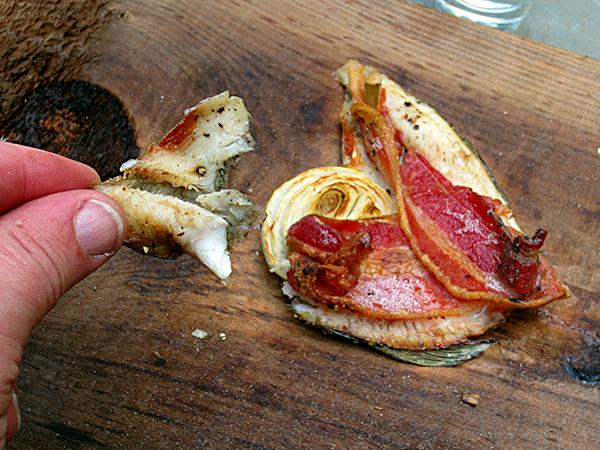
The broiled bacon has surrendered its fat to keep the fillet nice and moist. The fillet itself is ever so slightly browned and the steam rushes out as each bite is pulled off, cleanly coming away from the skin. The simple seasonings of salt, pepper, and bacon fat have worked miracles on the tiny fillet and the onion is mild but still detectable throughout the fish.
The perch is a small fish but the flesh has a wonderful flavor. It was totally worth the effort to clean and plank them and we had no problem finishing the six between the two of us. If you are trying this recipe for several people, I would recommend a larger fish. I’m thinking one large salmon would feed a tribe off of one plank, and that or a couple of lake trout may be the next go-round for me with this recipe.
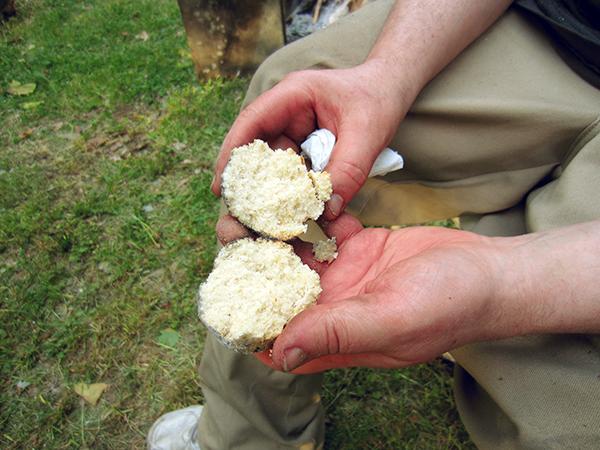
If your timing is good, those ash dodgers should be ready to come out, so you can alternate bites of fish and cornbread. Dig them out of the coals and ash, brush them off well and eat them while they are hot! They usually clean off enough to eat the entire dodger, but if you can’t bring yourself to eat the ashy crust, just eat the insides. With their single note of true corn flavor, they are the perfect balance to the richness of the bacon and the slight saltiness of the perch.
All in all, “The Canoe and Camp Cookery” did not steer us wrong. A wonderful evening around the fire culminating in a simple yet delicious treat is what summer evenings are all about. When you are visiting the Adirondack Coast, remember to try all the bounty that our lake has to offer!
